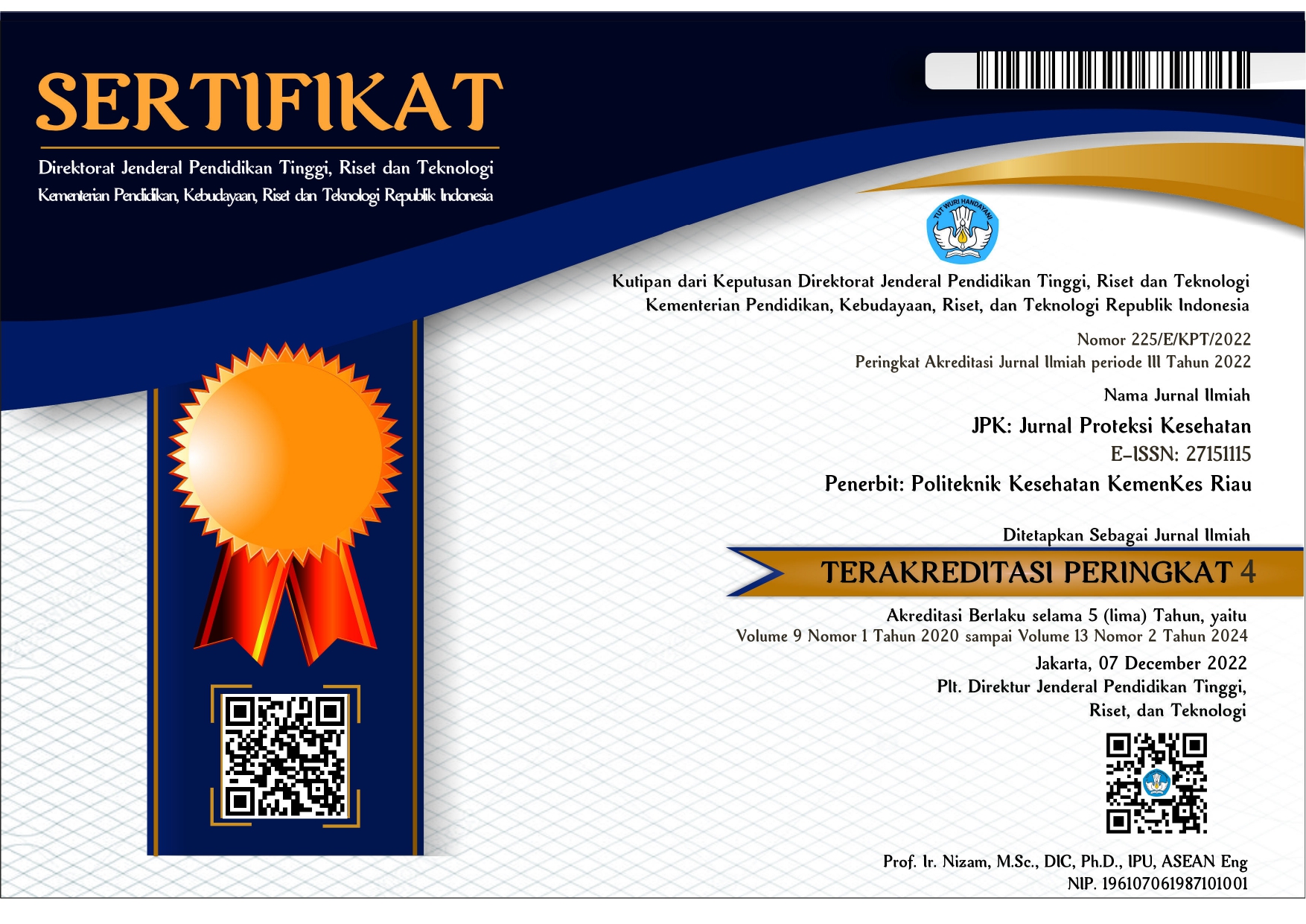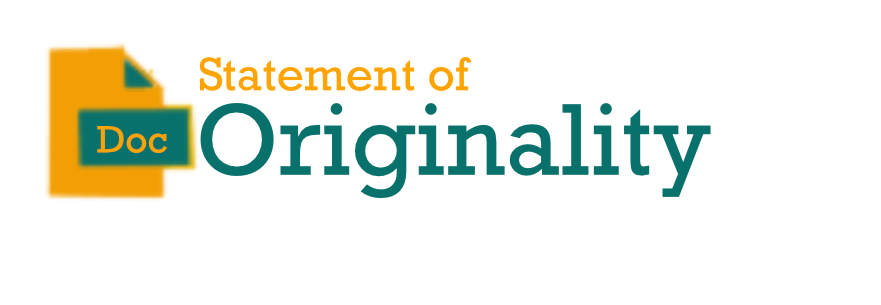Antibacterial Activity Test of Ethanol Extract of Mangkokan Leaves (Polyscias scutallarium (Burm.f.) Fosberg) against Escherichia coli and Staphylococcus aureus
Abstract
Mangkokan is one of traditional medicinal plants that has many benefits in restoring health, such as preventing hair loss, treating wounds, antibacterial agent, improving blood circulation and as an antioxidant agent. This study aimed to examine the activity of the ethanol extract of the mangkokan leaf (Polyscias scutellarium (Burm.f.) Fosberg) against Escherichia coli and Staphylococcus aureus. The extraction process was carried out by gradual maceration through three solvents including n-hexane, ethyl acetate, and ethanol. The antibacterial activity test was carried out by agar diffusion method by calculating diameter of the inhibition zone from ethanol extract of mangkokan leaf with four variation concentrations: 20%, 40%, 60%, and 80%. The antibacterial activity of the ethanolic extract of the mangkokan leaf against Escherichia coli resulted in the average diameter od the inhibition zone at the following concentrations: 20% (5,9 mm), 40% (5,2 mm), 60% (5,9 mm), dan 80% (7,03 mm. While antibacterial test against Staphylococcus aures resulted in the average diameter of the inhibition zone at the following concentrations: 20% (9,66 mm), 40% (10,71 mm), 60% (11,27 mm), 80% (12,42 mm).
References
[2] S. Dalimartha, Atlas Tumbuhan Obat Indonesia, Jilid 1, Trubus: Jakarta Agriwijaya: 86-89, 1999
[3] N. Andarwulan. R. Batari. D.A. Sandrasari. B. Bolling. H. Wijaya, “Flavonoid Content and Antioxidant Activity Of Vegetables from Indonesia”. Journal Food Chem, 121, 2010
[4] Faridatussadah, Siti, “Isolasi dan identifikasi Senyawa Flavonoid dari Daun Mangkok (Polyscias scuttellarium (Burm.f.) Fosb)”, Jurnal Farmasi, vol 2 (1), 2016
[5] F. Juliantina. D.A. Citra. B. Nirwani. T. Nurmasitoh. E.T. Bowo, “Bakterial Terhadap Bakteri Gram Positif dan Gram Negatif”, Jurnal Kedokteran dan Kesehatan Indonesi, vol 1 (1): 1-10, 2009
[6] Radji, M., Buku Ajar Mikrobiologi Panduan Mahasiswa Farmasi dan Kedokteran. Jakarta: Penerbit Buku Kedokteran EGC: 127, 2011
[7] Jawetz, E, J. L. Melnick, E. A. Adelberg, G. F. Brooks, J. S. Butel, dan L. N. Ornston. Mikrobiologi Kedokteran. Edisi ke- 20. Terjemahan oleh Nugroho & R. F. Maulany. Jakarta: Penerbit Buku Kedokteran EGC,1995
[8] Andriyani, D., Utami, P I., Dhiani, B A. Penetapan Kadar Tanin Daun Rambutan (Nephelium lappaceum. L) Secara Spektrofotometri Ultraviolet Visibel, Journal Pharmacy, vol 07 (02): 1-11, 2010
[9] Lully Hanni, Farmakognosi dan Fitokimia, 1st ed, Jakarta: SDM Kesehatan, 2016
[10] Muharni, Fitrya, Sofa, F., Uji Aktivitas Antibakteri Ekstrak Etanol Tanaman Obat Suku Musi di Kabupaten Musi Banyuasin Sumatera Selatan, Jurnal Kefarmasian Indonesia, vol. 7 No.2, 2016












